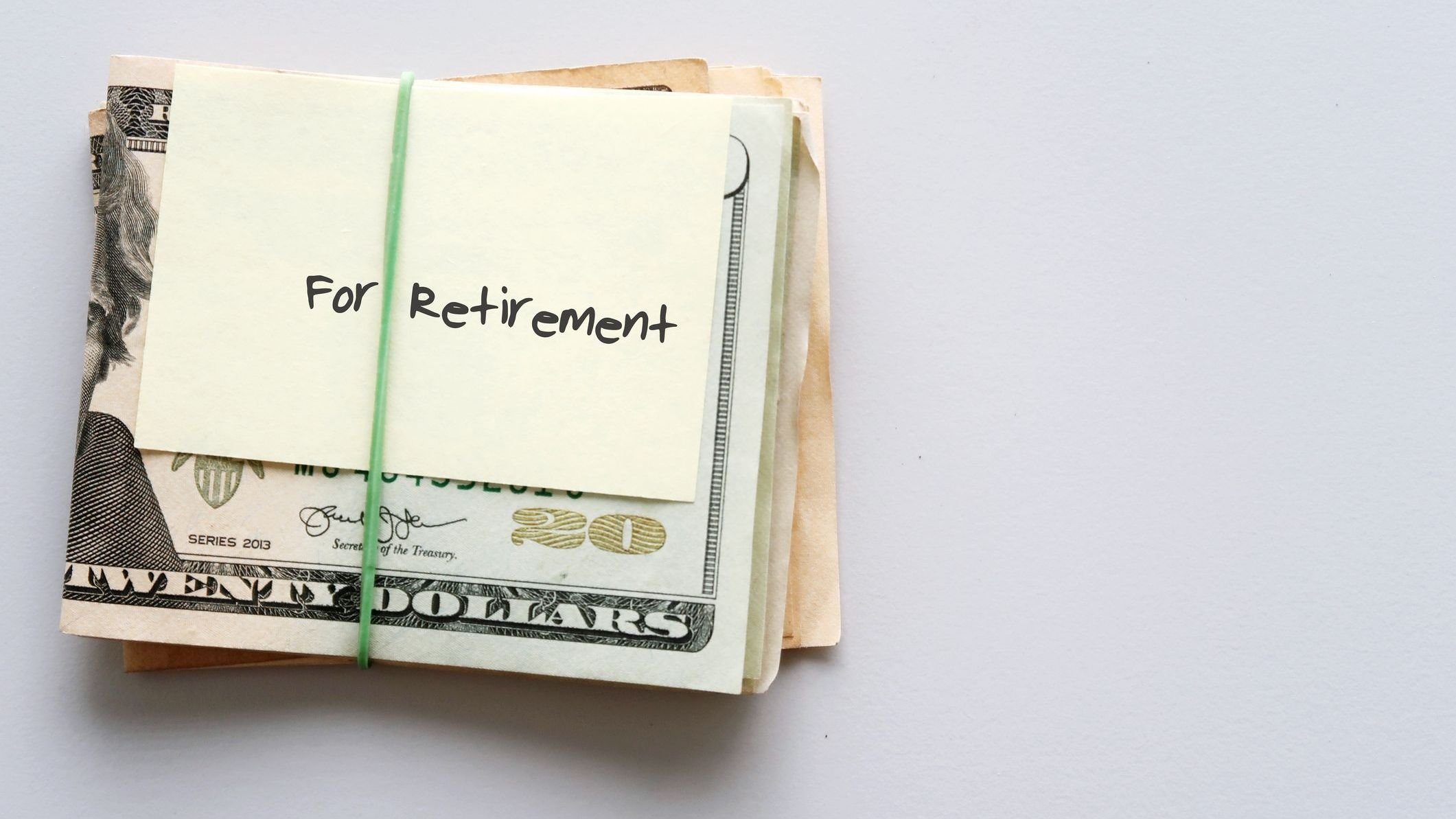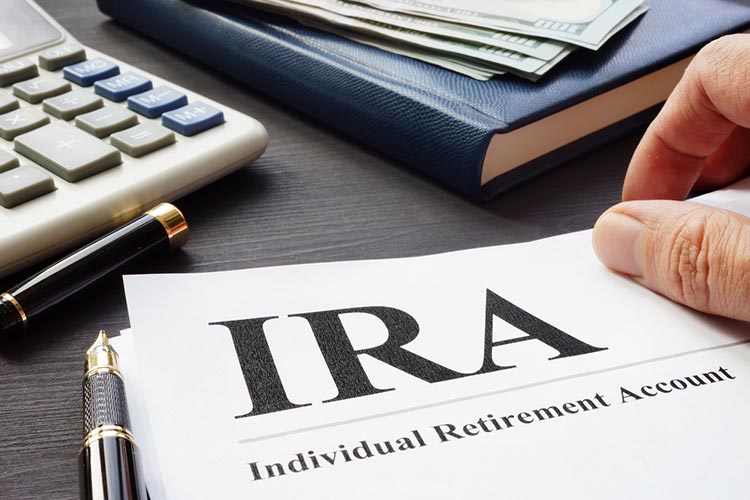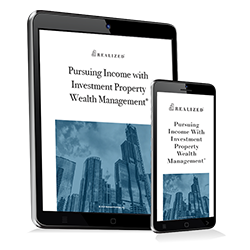Is Disability Retirement Income Taxable?

We’ve written a lot about retirement income and Social Security benefits upon retirement. We’ve also discussed taxes levied on withdrawals from retirement plans, annuities, and pensions.
What is a Distribution From a Retirement Plan?

A distribution from a retirement plan occurs when the account owner withdraws money from the retirement account. Depending on the retirement plan, the IRS can consider these distributions taxable income.
Retirement Portfolio Asset Allocation by Age: What You Need to Know

As investors approach retirement, their portfolio asset allocation changes. This change is due to a decrease in volatile assets. Older investors decrease portfolio volatility because they soon will start taking distributions. Taking distributions from a volatile portfolio can negatively impact investment principal and, thus, retirement income.
Do You Pay FICA on Retirement Income?

Questions about retirement income taxes confuse many taxpayers, especially when the topic is specific to Social Security and other pension-related income. After all, the taxpayer has watched those deductions be subtracted for many years. He expects to finally enjoy watching money flow back in during retirement, right? Well, not so fast. Retirement income is subject to income taxes, including FICA.
Is Retirement Pension Considered Income?

When transitioning into retirement, understanding your financial landscape is crucial. A common question we often encounter is, 'Is a retirement pension considered income?' This query pertains to how the government classifies your retirement pension for tax purposes. To simplify, most pensions, particularly those funded with pre-tax dollars, are considered income when disbursed.
What is a Self-Directed IRA in Real Estate

Self-directed individual retirement accounts (SDIRAs) can have some potential benefits compared to traditional employer-sponsored retirement accounts, especially for experienced investors.






